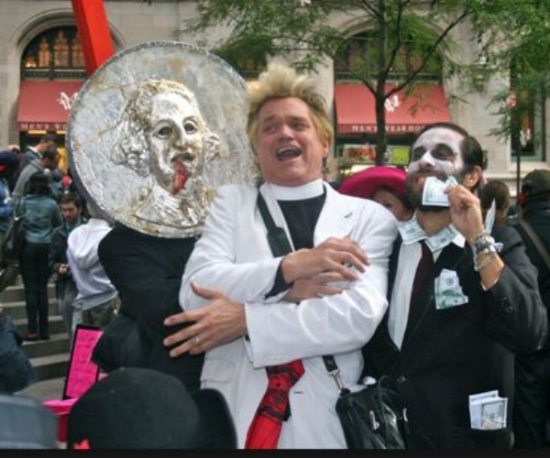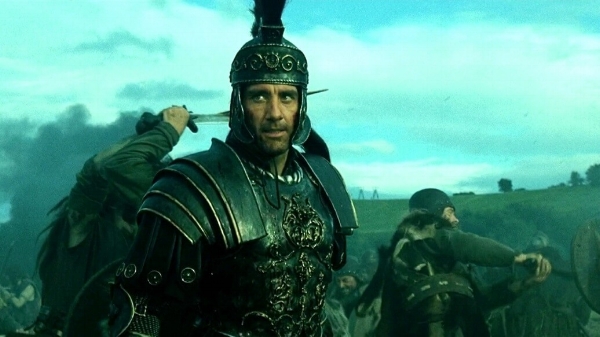The Curious Discretion of Teresa Heinz Kerry
national Review Online, October 19, 2004
If there's one thing that we have learned about Teresa Heinz Kerry it is that she is a woman who is not shy, as she repeatedly likes to remind us, about speaking her mind. Over the last few months, this splendidly bizarre, undeniably batty, figure has entertained, appalled, and enthralled Americans with her opinions—and her ignorance—on a startling range of issues. No wars for oil! Bin Laden will be the October surprise! Gin and white raisins cure arthritis!
When it comes to talking about her taxes, however, the voluble—and supposedly fearless—Mrs. Heinz Kerry has been uncharacteristically tongue-tied, preferring instead to hide behind her children. Citing their privacy (thanks to the Heinz trusts, her finances are deeply intertwined with those of her sons) she has held out against full disclosure of her 2003 tax records. As she explained back in April, "What I have and what I receive is not just mine, it is also my children's, and I don't know that I have the right to make public what is theirs...If I could separate it, I would have no problem."
Well, we are unlikely ever to know what attempts were made to separate these interests out for disclosure purposes, but, after a release discreetly timed for last Friday afternoon, we have now discovered how much of her 2003 returns Teresa Heinz Kerry is prepared to share with the rest of us: Two pages. That's about a page for every $2,500,000 in income. Gee, thanks.
As always with such paperwork, what's left out is far, far more interesting than what's left in. Those old, or jaundiced, enough to remember the Clintons' generosity with their used underwear will be disappointed that no details were given of Mrs. Kerry's charitable donations, or even of how much they were. Could it be, who knows, that Teresa was a little stingy last year, or could it be, perhaps, that she gave to some charities that might prove a little embarrassing in an election year?
Baseless innuendo? Very possibly. But there's an easy way to show that these suggestions are completely unfair. Disclose the full form, Teresa. Privacy? Oh, come off it. How can disclosure of any part of Mrs. Kerry's personal 1040 relate to her children, all of whom are now in their thirties?
But then there are the pesky, yet handy, family trusts (widely believed to be worth about around one billion dollars) that must mean so much to Teresa and her boys. As the New York Times noted with, incredibly, a hint of disapproval, nothing, nothing, was disclosed about them: "If the trusts are as large as reported—and the Kerry campaign has not challenged the billion dollar estimate—then even a modest 5 percent return would have generated $50 million of income, 10 times what was on the two pages released by Ms. Heinz Kerry."
Trusts and income this large, even if only partly controlled by a potential future First Lady, matter. We've already seen how Teresa effectively helped finance her husband's campaign, at least in its bleaker moments. How her money is generated is, therefore, of some interest as is its potential, particularly in the context of a campaign that has made so much out of "Halliburton," for conflicts (or the perception of conflicts) of interest.
Teresa, of course, continues to use her family's "privacy" as a justification for this billion-dollar omission. It would be easier to have sympathy for that argument had not John Kerry's campaign manager only recently described Mary Cheney's sexual orientation as "fair game." And then there's Mrs. Edwards. She attributed Lynne Cheney's aversion to political point scoring over her daughter's private life to "a certain degree of shame." Charming.
To follow the sleazy logic of Elizabeth Edwards (oh, why not?) is there something about the Heinz trusts which Teresa finds "shameful"? Are some of their investments insufficiently PC? Could it be that the trusts are embarrassingly tax efficient? Are there any of those dreaded "conflicts"? Maybe the trusts are simply too large for their riches to be spelled out by a populist campaign already burdened with a candidate whose blue collar comes tailored by Turnbull & Asser. We don't know, of course, because they are not before our eyes.
And that privacy defense? Well, it was Mary Cheney's participation in her father's bid for reelection that, apparently, made her "fair game." While a comparison of the two cases cannot be stretched too far (no one is suggesting that Mary Cheney's finances be disclosed), it is worth remembering that two out of Teresa's three sons have been prominent in their stepfather's campaign. Given the exceptional circumstances, couldn't they, and their third brother, have agreed to, at least, some disclosure about the income generated by the trusts in which they and their mother are beneficiaries: It's not as if their wealth will come as a surprise to anyone.
But all this is to play Teresa's game. There is plenty that she could disclose without overly compromising her children's privacy, and, if only to avoid the suspicions that will otherwise inevitably arise, plenty that she should disclose. The reality, however, is that, for whatever reason, she simply isn't prepared to do so. Teresa Heinz Kerry has, instead, a different message for the electorate.
"Shove it."















